Amputation Of Foot:
Table of Contents
Definition of Foot amputation:
- Foot Amputation is the removal of the partial or whole part of the foot.
Level of Foot Amputation:

- Toe Amputation or Disarticulation
- Metatarsal phalangeal disarticulation
- Transmetatarsal Amputation
- Lisfranc Amputation
- Chopart Amputation
- Syme Amputation
- Boyd’s Amputation
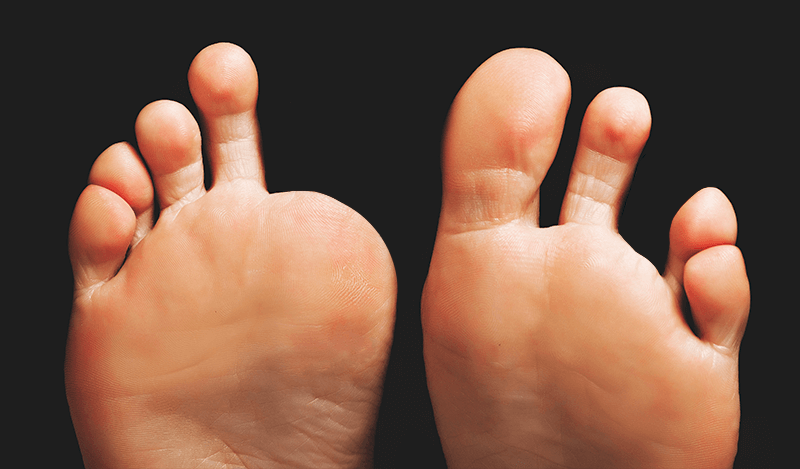
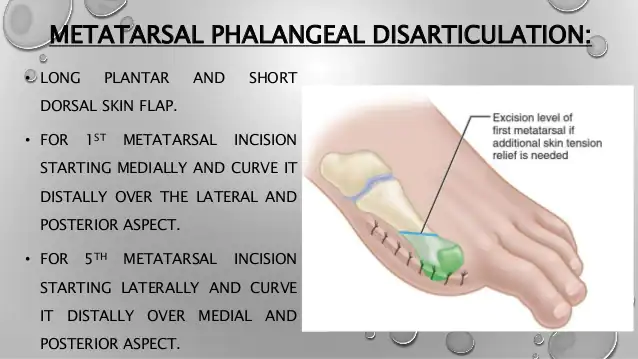
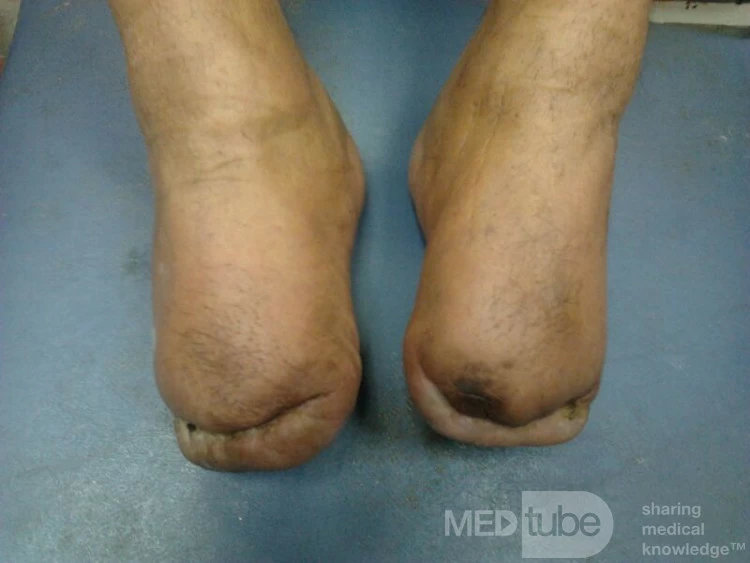
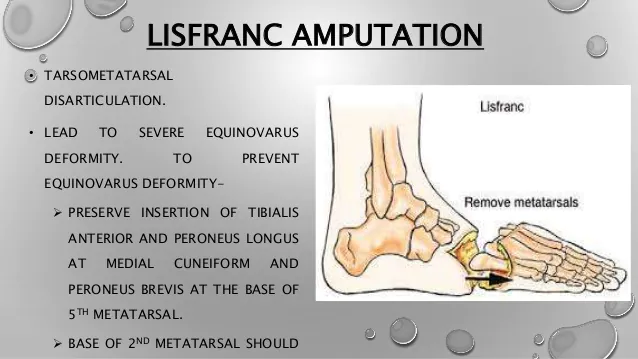
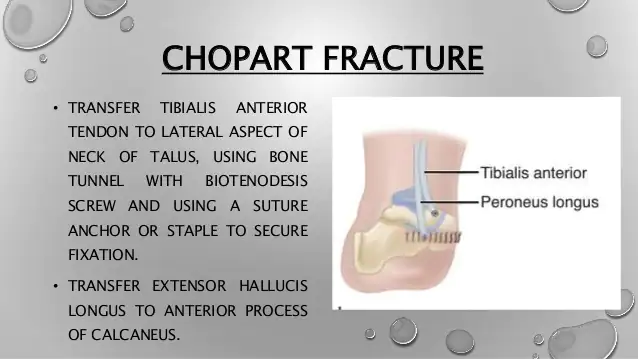
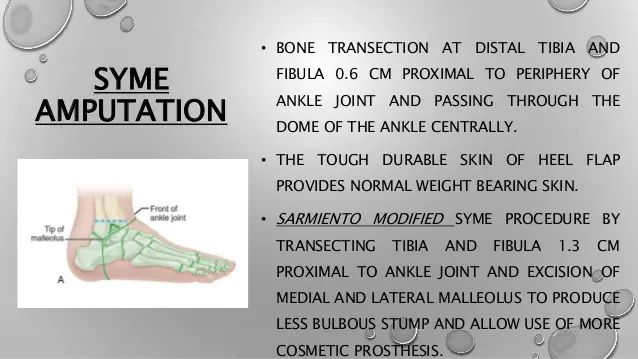
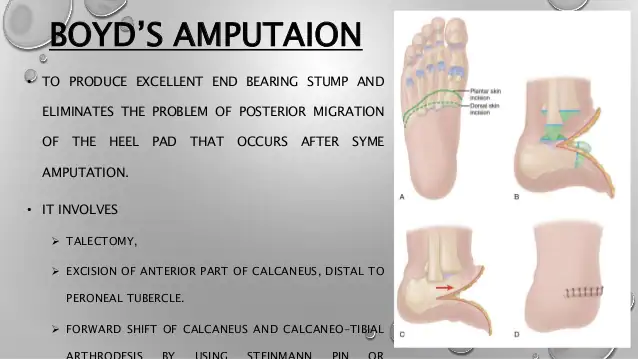
Toe Amputation:
- Toe Amputation is the removal of a toe from the body due to infection or gangrene.
- Causes of Toe Amputation: Vascular Disease, Diabetes, Trauma and Frost Bite
Metatarsal phalangeal disarticulation:
- In Metatarsal phalangeal disarticulation, Disarticulation is done at the metatarsal phalangeal joint.
Transmetatarsal Amputation:
- Transmetatarsal Amputation is the removal of the metatarsal from the foot.
Lisfranc Amputation:
- Lisfranc Amputation amputation is a removal of the foot at the tarsometatarsal joint.
Chopart Amputation:
- Chopart Amputation is a midfoot or forefoot level of amputation.
Syme Amputation:
- Syme amputation is an amputation at the level of the ankle joint preservation of the heel pad.
- In Symes Amputation the tibia and fibula are divided just above the ankle joint. Their remaining skin over the heel is attached back to the end of the stump with or without a part of the calcaneum. Because of the intact heel, it becomes an end-bearing stump and the patients generally manage very well walking even barefoot after this type of amputation.
- Amputation through different parts of the foot has almost become obsolete these days. wherever possible, a Transe tibial amputation is preferred.
Boyd’s Amputation:
- Boyd’s Amputation is an amputation at the level of the ankle with preservation of the heel pad and calcareous and consequent fixation of the calcaneus to the tibia.
Causes of foot amputation:
- Severe trauma to the foot
- Poor blood flow to the foot
- sever Infections
- Tumors
- Severe burns or severe frostbite.
- Wounds
The Amputation Procedure:
- An amputation usually requires hospitalization of 5 to 14 days or more, according to the surgery and complications of amputation.
- The procedure depends on the limb or extremity being amputated and the patient’s general health.
- Amputation may be done under spinal anesthesia or with general anesthesia.
- When performing an amputation, the surgeon removes all damaged tissue and leaves healthy tissue as much as possible.
- A doctor may use several methods to determine where to cut and how much tissue should be removed according to which part of the foot is affected.
- Check the pulse close to where the surgeon is planning to cut part of the foot.
- Compare skin temperatures of the affected foot with those of a healthy foot.
- Looking for areas of reddened skin
- Checking to see if the skin near the foot site where the surgeon is planning to cut is still sensitive to touch
- During the procedure, the surgeon will remove the injured tissue and any other crushed bone, Smooth uneven areas of bone. Seal off the blood vessels and nerves in the foot.
- shape the muscles so that the stump, or end of the limb, will be able to have an artificial limb attached to it.
- The surgeon may choose to close the foot wound instantly by sewing the skin flaps it is called a closed amputation. Or the surgeon may leave the affected site of the foot open for some days in case there is a need to remove some additional tissue.
- The surgical team applied a sterile dressing on the wound of the foot and place a stocking over the stump to hold drainage tubes.
Recovery of Amputation:
- Recovery of amputation depends on the type of procedure and which type of anesthesia is used.
- In the hospital, the staff changes the dressings on the foot wound or teaches the patient to change them.
- The doctor monitors the healing of wounds and any conditions that might interfere with healing, such as diabetes or hardening of the arteries.
- The doctor prescribes medications to ease pain and to help prevent infection.
- If the patient has problems with phantom pain (a sense of pain in the amputated limb) or grief over the lost limb, the doctor will prescribe medication and counseling.
Physiotherapy Treatment:
- Psychological counselling
- Active exercise of non operative limb like Hip Flexion, Extention, Abduction, Adduction, Internal Rotation, External Rotation
- Knee Flexion, Extention And Ankle Dorsiflexion, Planterflexion, Inversion, Eversion
- Active Assisted exercise of hip and knee(Amputed limb)
- For oedema treatment:Bandanging, Foot Elevation
- Strengthening exercise of Hamstring, Quadriceps, Calf And Tibialis Anterior muscle of bilateral lower limb..
Prosthesis For Foot Amputation:
- Structurally, prosthetic feet can be divided into two types of groups: those with a rigid connection to the prosthetic shank (non-articulated) and those with a hinged ankle mechanism(articulated).
- By the function, prosthetic feet can be categorized into the following groups:
- Solid Ankle Cushioned Heel (SACH)
- Elastic (flexible) Keel Foot
- Single-Axis Foot
- Multi-Axis Foot
- Dynamic-Response Foot
- Microprocessor Foot.
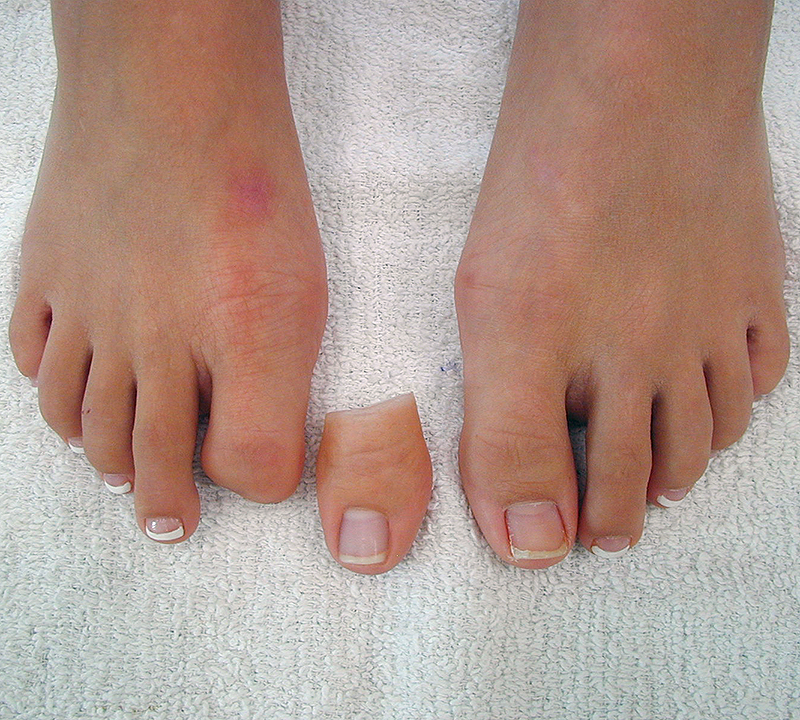
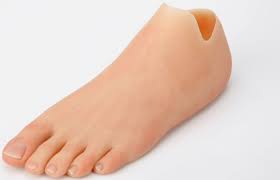
Prosthesis for Symes amputation:
- Plastic syme prosthesis. A hard plastic outer socket is lined by a pelite liner with a medial or posterior access panel. The foot could be SACH or uniaxial.
- Three strips of some posterior steel socket is fully articulated to the foot. The socket is anteriorly connected by two side steels and inverted Y-shaped front steel parts.
- The sockets are made of leather with an access opening posteriorly.
- Enclosed is metal syme. There is a leather liner with a posterior flap opening fitting which is present inside the metal socket. The uniaxial foot is used.
- Tongue and bolt syme.A leather socket with a front opening and two side steels connect the socket to the foot piece.
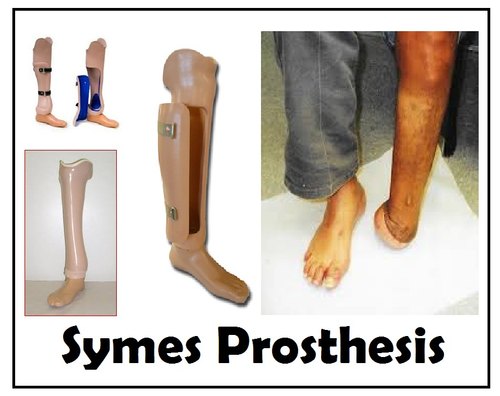

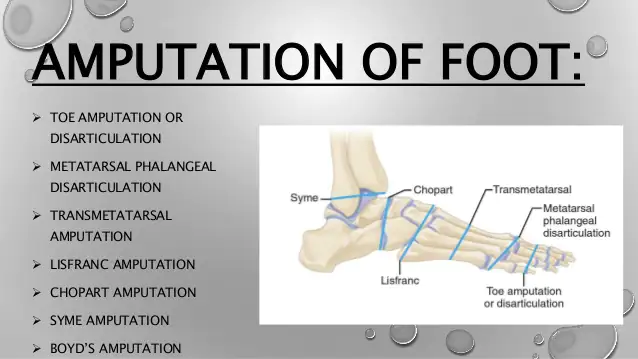



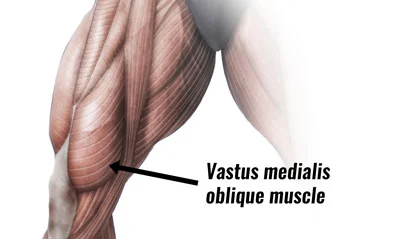

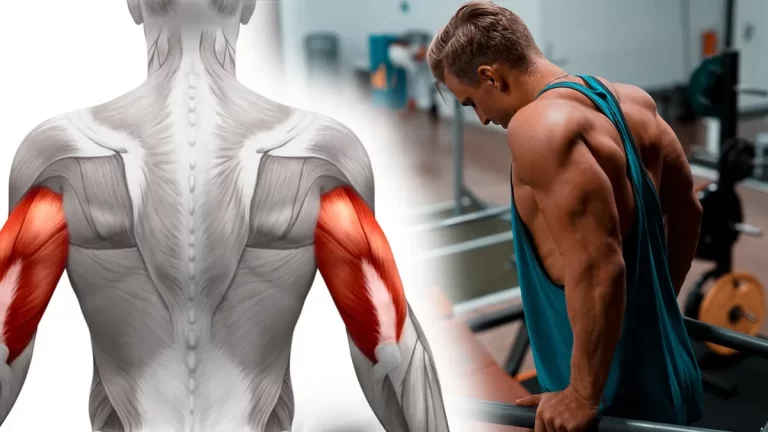
This article has a picture of only one Symes prothesis. There are two Symes prostheses. The one pictured in this article has a medial opening and is suited for an individual whose stump is enlarged. If the stump is not enlarged, a prosthesis without a medial opening is the best solution. (See Muilenburg, Alvin A. and A. Bennett Wilson, jr. A Manuel for Below Knee Amputees, “The Symes Prosthesis”.